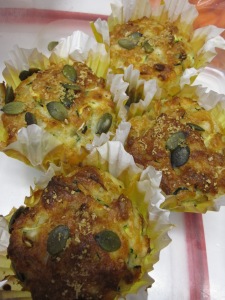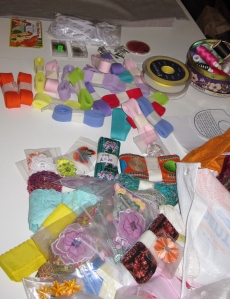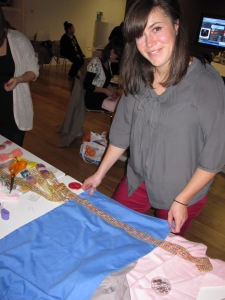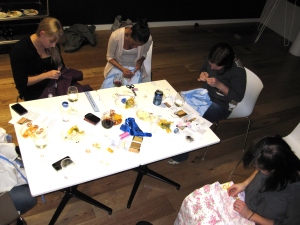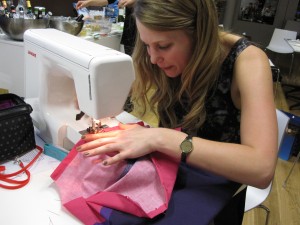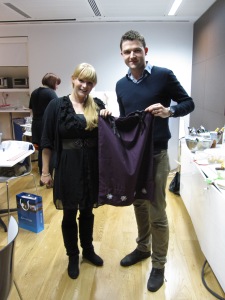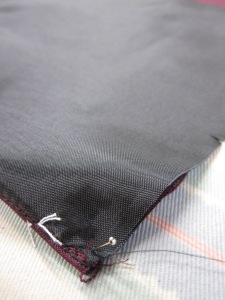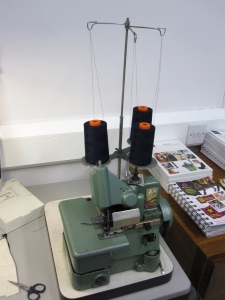I have been debating over the last few weeks whether to show you the dress I am currently making, as it is to wear for my 30th birthday on New Years Eve. Not only was I thinking of making it a surprise on the day, I’m also conscious that I may have shot myself in the foot if I don’t pull it off / make it in time! But I’ve decided to show you anyway and hope for the best!
As its a special birthday, and everywhere I go now people ask me if I made what I’m wearing (I guess that’s either a compliment, or I just generally look a bit handmade), I wanted to try and make a dress for my birthday celebrations.
I knew I wanted a vintage style, but don’t feel ready to tackle a real vintage pattern yet. Instead, many of the big pattern producers have reissued patterns from the past but with updated instructions. I started by looking at Vintage Vogue patterns like these ones as I know that the shape suits me.


However, I then remembered a pattern I bought a couple of years ago. After buying it I realised I didn’t really know how to tackle it so it was put on a shelf and forgotten. Until now!
The pattern is Simplicity 3673. Rather than the full skirt I thought I wanted, I am going to make version A on the right.
 This pattern is a reissue of Simplicity 1734. Again, mine is the one on the right.
This pattern is a reissue of Simplicity 1734. Again, mine is the one on the right.

Although in the images the dress looks like it could be for work, I think the fabric and buckle that I have bought will make it look suitably dressy. I will keep them as a surprise though!
So far I have made the muslin. After my experience making trousers I know how important this stage is. I was especially thankful when doing this one as I made a couple of mistakes along the way that I won’t do on the real thing.
 As you can see it is quite large! Although I had been warned that Simplicity sizes come up big, I made the size that tallied with my measurements as my bust is rather ample and I wanted it to fit in! It also isn’t closed at the back which doesn’t help, and I had originally made it without the seam down the front. I forgot to take out the seam allowance when doing this though, so for this exercise it has stayed.
As you can see it is quite large! Although I had been warned that Simplicity sizes come up big, I made the size that tallied with my measurements as my bust is rather ample and I wanted it to fit in! It also isn’t closed at the back which doesn’t help, and I had originally made it without the seam down the front. I forgot to take out the seam allowance when doing this though, so for this exercise it has stayed.
Holding the back, this is how it will hopefully fit in the end when I have done the alterations.
Now I’m pretty certain you are all on the edge of your seats wanting to see the finished dress – only 47 days to wait!
Image Sources
http://www.blogforbettersewing.com/2009_06_01_archive.html
http://www.jaycotts.co.uk


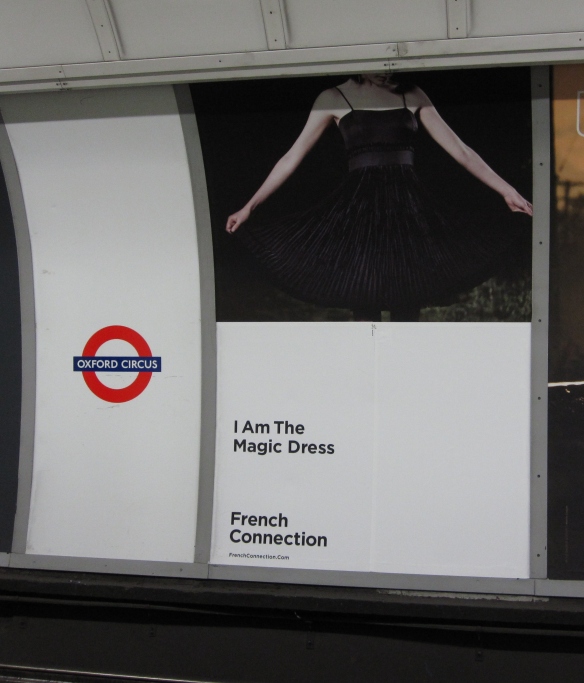














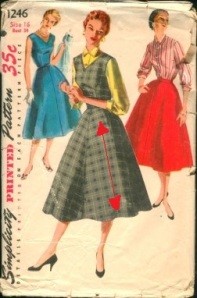
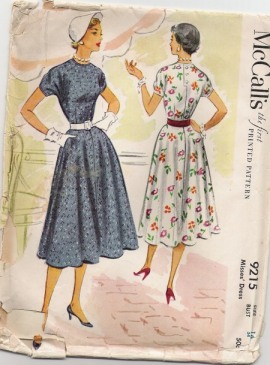
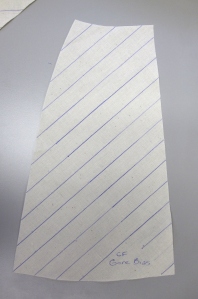



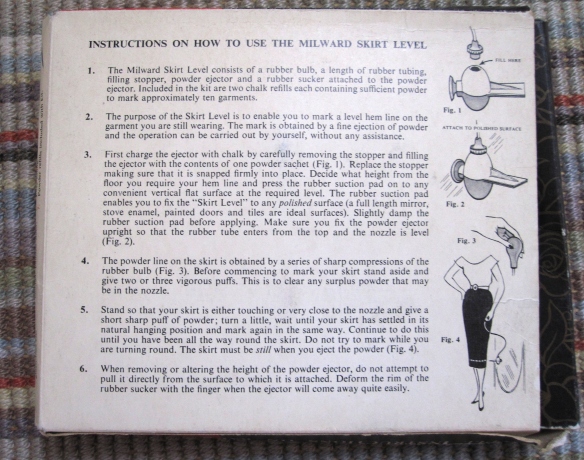

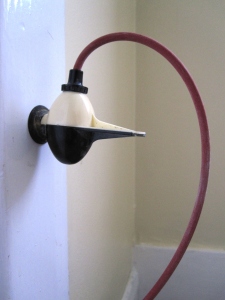

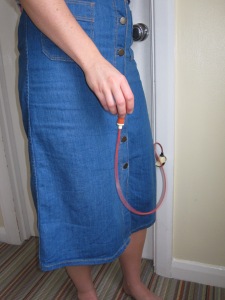
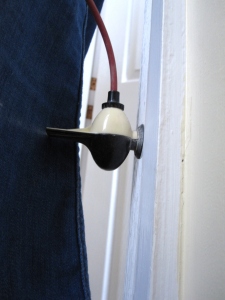











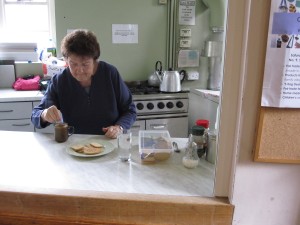
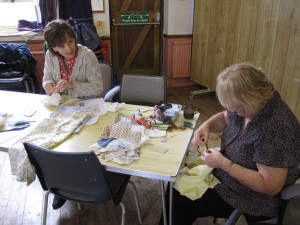





 Batwing sleeves also became popular, which is what my Mum had – as you can see from my expertly modeled pose!
Batwing sleeves also became popular, which is what my Mum had – as you can see from my expertly modeled pose!




